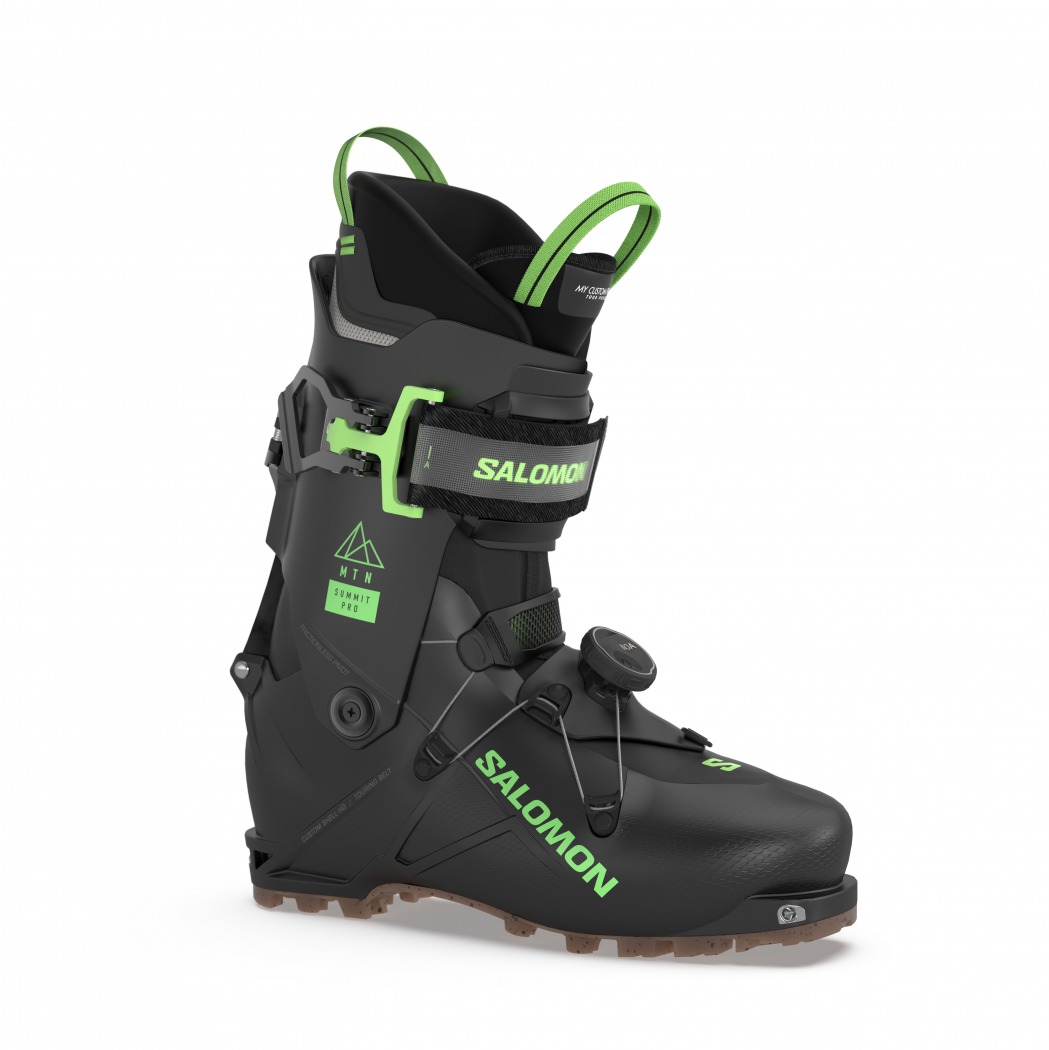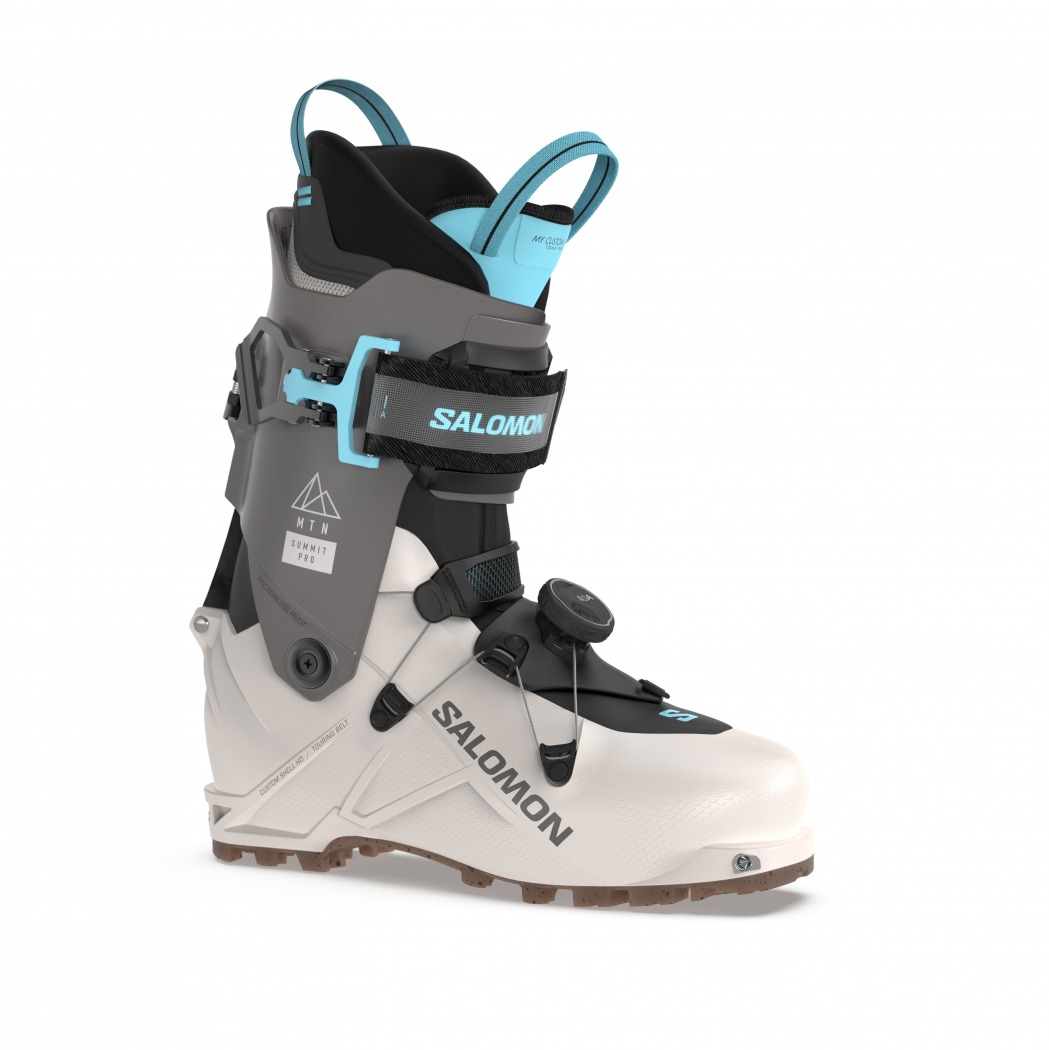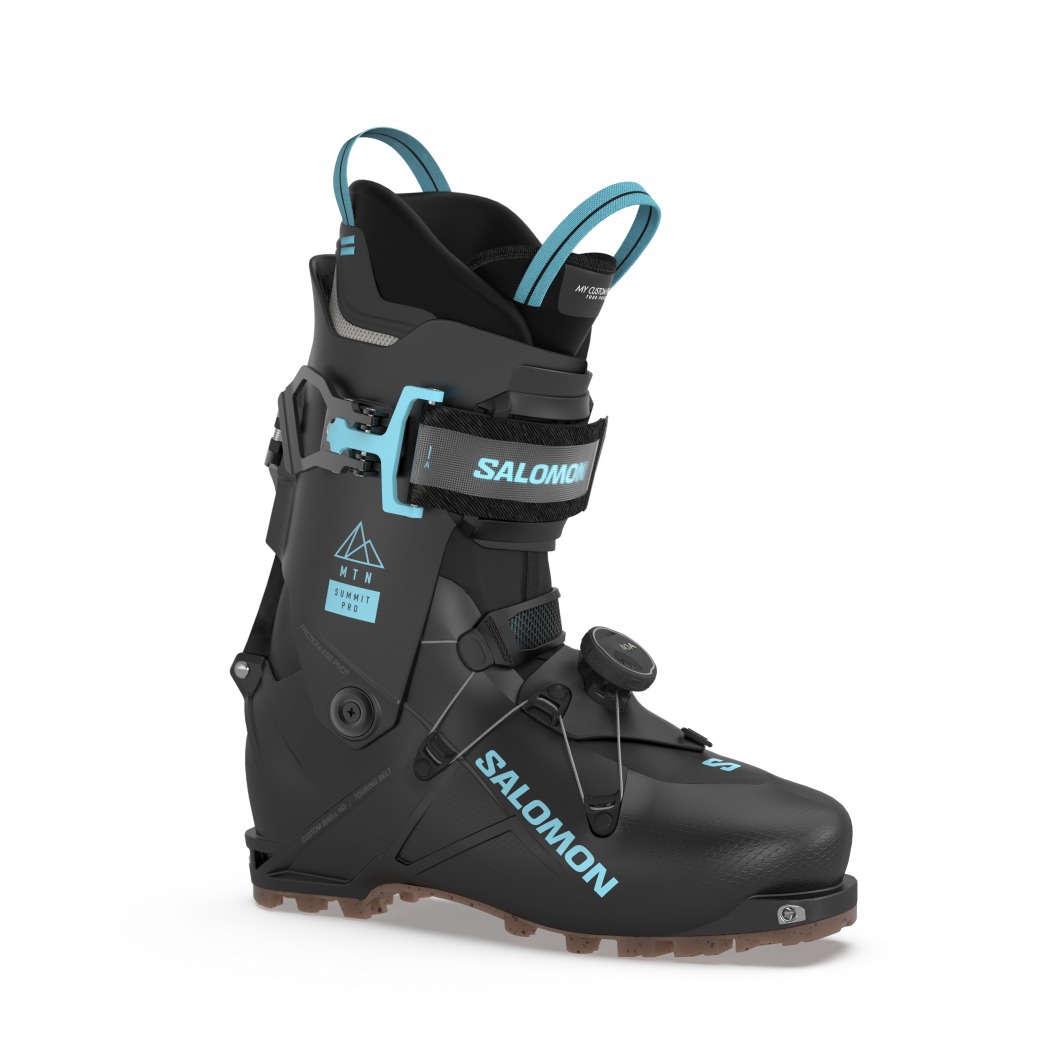Here’s a trifecta of brands and gear that we’re eyeing: some skis, a pack, and Salomon boots.
Fischer released a-whole-lot-of Rangers- revamping the line cosmetically, along with construction and geometry modifications, and subdued but fine-looking top sheet graphics.
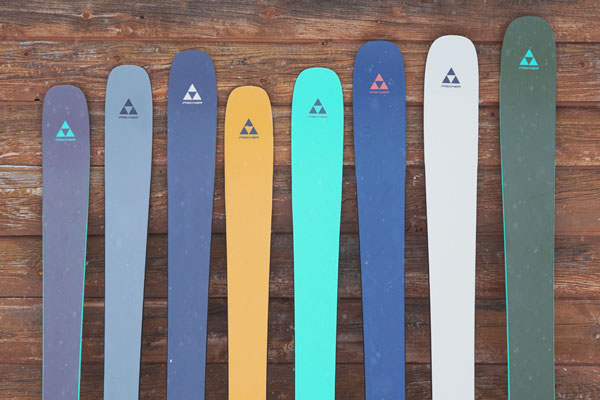
The new Fischer Ranger lineup: 116mm – 90mm.
The Rangers have filled the niche at Fisher for skis marketed towards the all-mountain and freeride categories. Fischer’s Trans Alps skis are for those considering touring on lightweight construction and more modest waists (82mm-90mm underfoot). The Hannibal nests in the Fischer line with 106mm and 96mm underfoot skis geared towards freeride and powder skiing. Appropriately, these skis bump up in weight; the Hannibal 106 is 1540g/178cm g while the 96 is 1300g/176cm g.
When it comes to touring or using a tourable ski on-piste, the Rangers traditionally have bulked up in construction and weights, making them more aligned with the corresponding attributes: stable at speed, crust buster, and damp, to mention a few.
Last season’s Ranger 102 FR (that other pink ski) weighed 2000g/177cm, a beast for many. But, if you happen to look around on a backcountry tour, especially at the younger, young at heart, and high-speed-long-arching set, they are often on heavier gear. And they love it.
The new Rangers come in the following waist sizes: 116mm, 108mm, 102mm, 96mm, 90mm, all with flat tails.

The new Ranger 116: a subdued color but some serious meat on these bones: Weight 2150g/187cm.
All Rangers have a Titanal insert. According to Fischer, “the narrower the ski, the longer the Titanal insert and the flatter the tail, which supports more fall-line oriented skiers seeking more responsiveness.” The wider skis have a shorter Titanal plate, making them softer in the tips and tails – which Fischer claims make them more playful. The line also incorporates repurposed and recycled materials in some ski components.
If you’re concerned with high-performance up-track efforts, the Rangers can likely wait. But if the down reigns supreme – then they may be worth a look.
Basic Specs not currently on Fischer site:
Ranger 116: Geometry 147-116-137, Weight 2150g/187cm, 20m radius (187cm), MSRP $949.99.
Ranger 108: Geometry 143-109-134, Weight 2120g/185cm, 18m radius (185cm), MSRP $949.99.
Ranger 102: Geometry 138-103-128, Weight 2050g/183cm, 19m radius (183cm), MSRP $849.99.
Ranger 102 W: Geometry 137-102-127, Weight 1950g/176cm, 18m radius (176cm), MSRP $849.99.
Ranger 96: Geometry 129-97-120, Weight 1950g/180cm, 18m radius (180cm), MSRP $849.99.
Ranger 90: Geometry 129-90-114, Weight 1850g/177cm, 17m radius (177cm), MSRP $779.99.
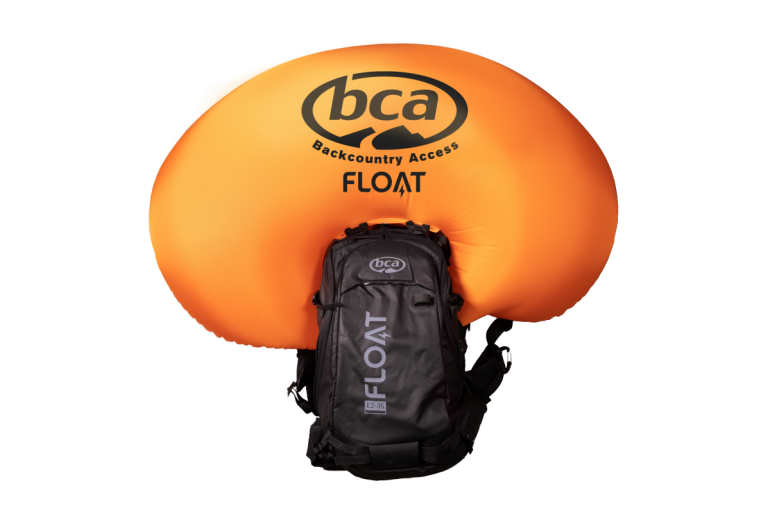
The new BCA Float E2 will use Alpride’s new E2 supercapacitor technology/
BCA Float E2
BCA enters the fray into the supercapacitor avalanche bag scene. That means no compressed air/gas cylinder or rechargeable lithium-ion battery.
Coined the Float E2, BCA’s new pack capitalizes on technology from Alpride and their E2 supercapacitor inflation system. The supercapacitor system, when triggered, drives a fan to inflate the airbag. This technology’s advantages are greater reliability in cold temperatures than lithium-ion rechargeable batteries, and supercapacitors are TSA-approved. (If you travel tons to ski, this might be an upside). Additionally, unlike rechargeable batteries or gas/air canisters, a skier can get “multiple deployments” with each charge. Supercapacitor systems make it easier to practice deploying the airbag.
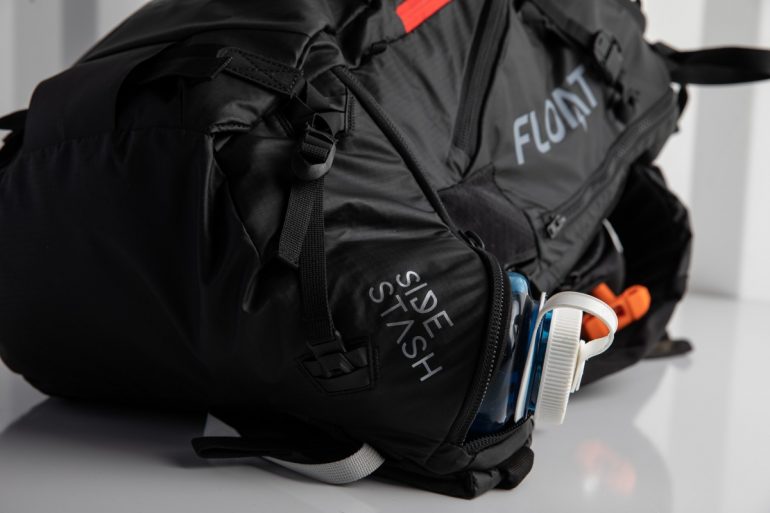
The BCA Float E2’s side stash pocket.
According to BCA’s press release, “The E2 supercapacitor is 40 percent smaller and 25 percent lighter than the Alpride E1 system currently in use by several other airbag pack manufacturers.” Some other manufacturers will be sourcing the E2 system next year as well.
BCA’s pack designers have incorporated an array of features that should make this pack a go-to for many seeking a fully functional avy pack. Pack features include a new side pocket for quickly stashing skins and a “back stash” to access/store radios and hydration systems.
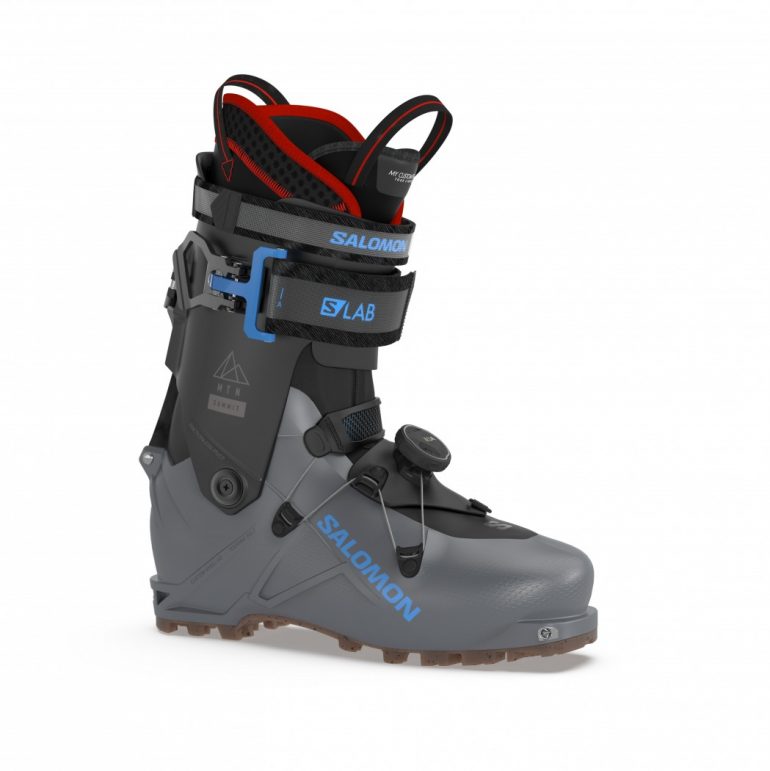
Salomon’s MTN Summit Pro ski boot available 2022-2023.
Salomon S/LAB MTN Summit Ski Boots
As if Cody Townsend’s ski-booted feet could bring world peace, or at least the mythical lightness and control we all desire in some unobtainable fast and light yet oh so stable and GS-course worthy uphill downhill slipper. That was the buzz; it seemed, any time a cryptic shot of his MTN ski boots fluttered on social media.
The curtain has been pulled back on the MTN Summit. And note, WildSnow will review the MTN Summit within the next month, so… stay tuned on that.
The basics are this: A claimed 75-degree range of motion, 1,100g (per boot) for the Summit Pro in a 27.5 (298 BSL), a 120 flex, a BOA lacing system to secure the lower, with the upper secured with a buckle/power strap combo, and an additional yet thinner, power strap about that. The sole is full rubber. The MTN Summit boots come in a few models: the Summit Pro, Summit Pure, Summit Pro W, and Summit Pure W.
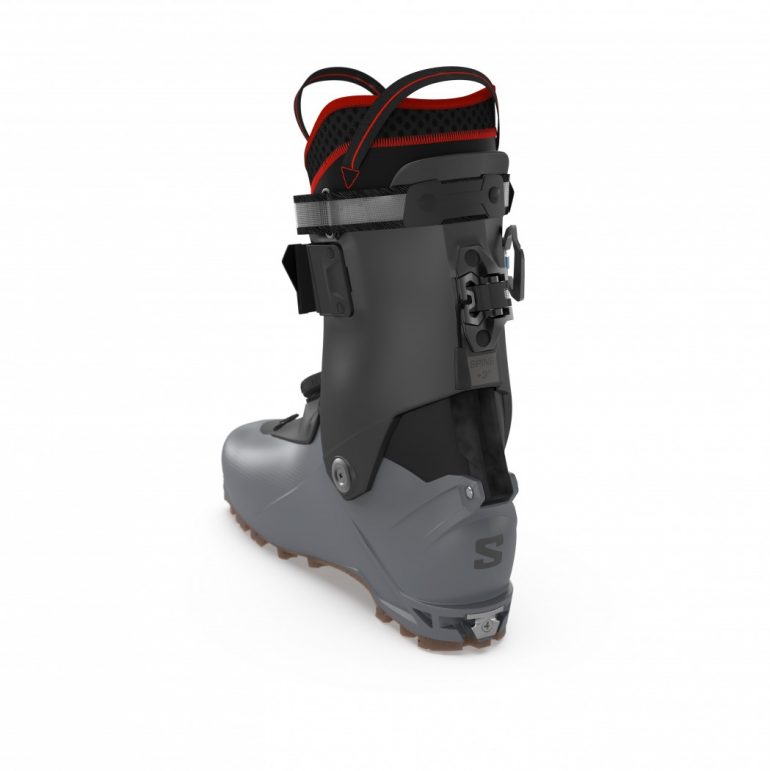
Rear view of the Salomon MTN Summit Pro – we’ll have a closer look at this boot towards the end of the month.
According to Salomon, “The Summit Pro, Summit Pure, Summit Pro W, and Summit Pure W boots feature the same sustainable construction as the S/Lab MTN Summit in varying flex and price options.”
While most of the WildSnow backcountry skiing blog posts are best attributed to a single author, some work well as done by the group.

